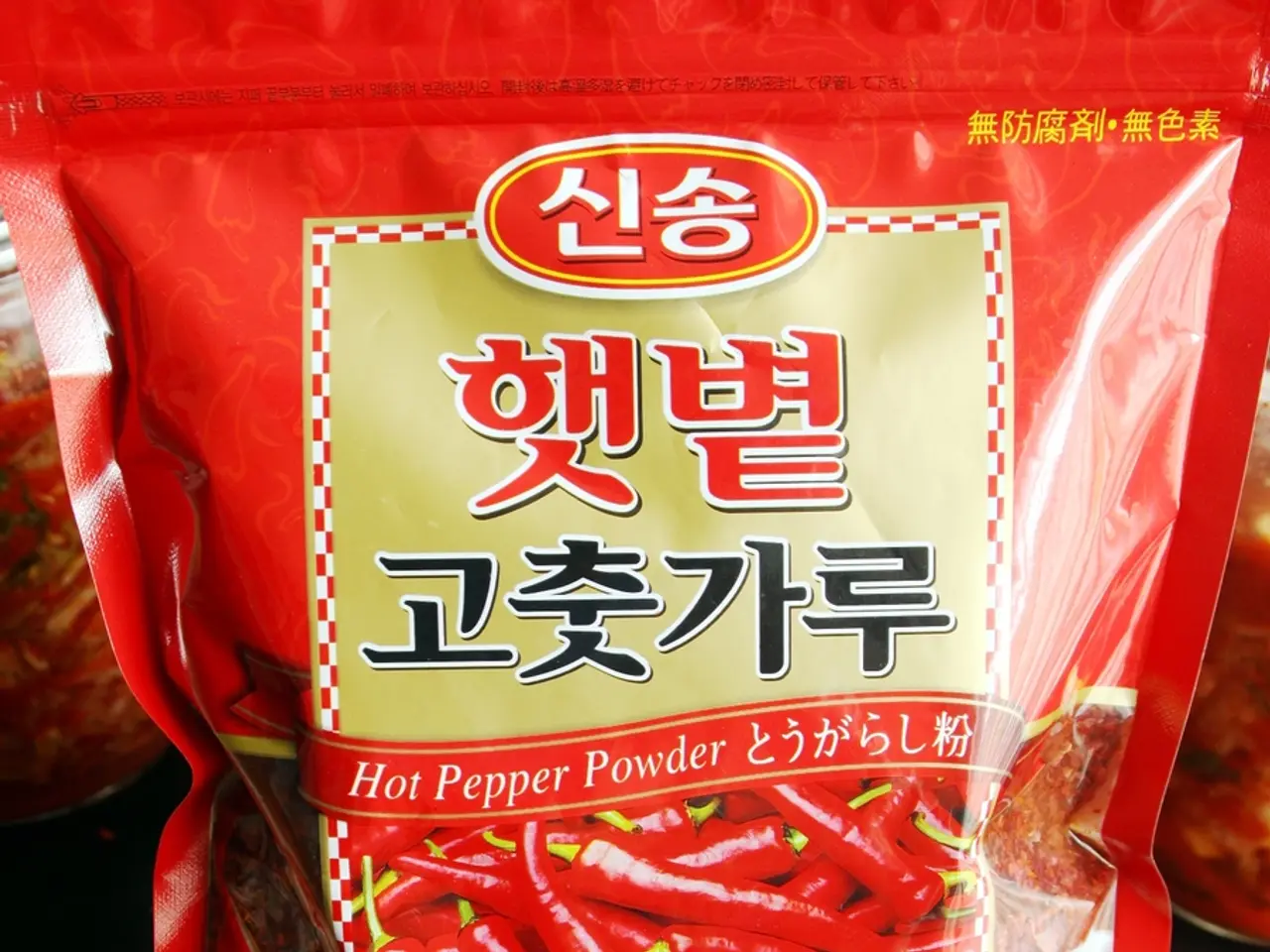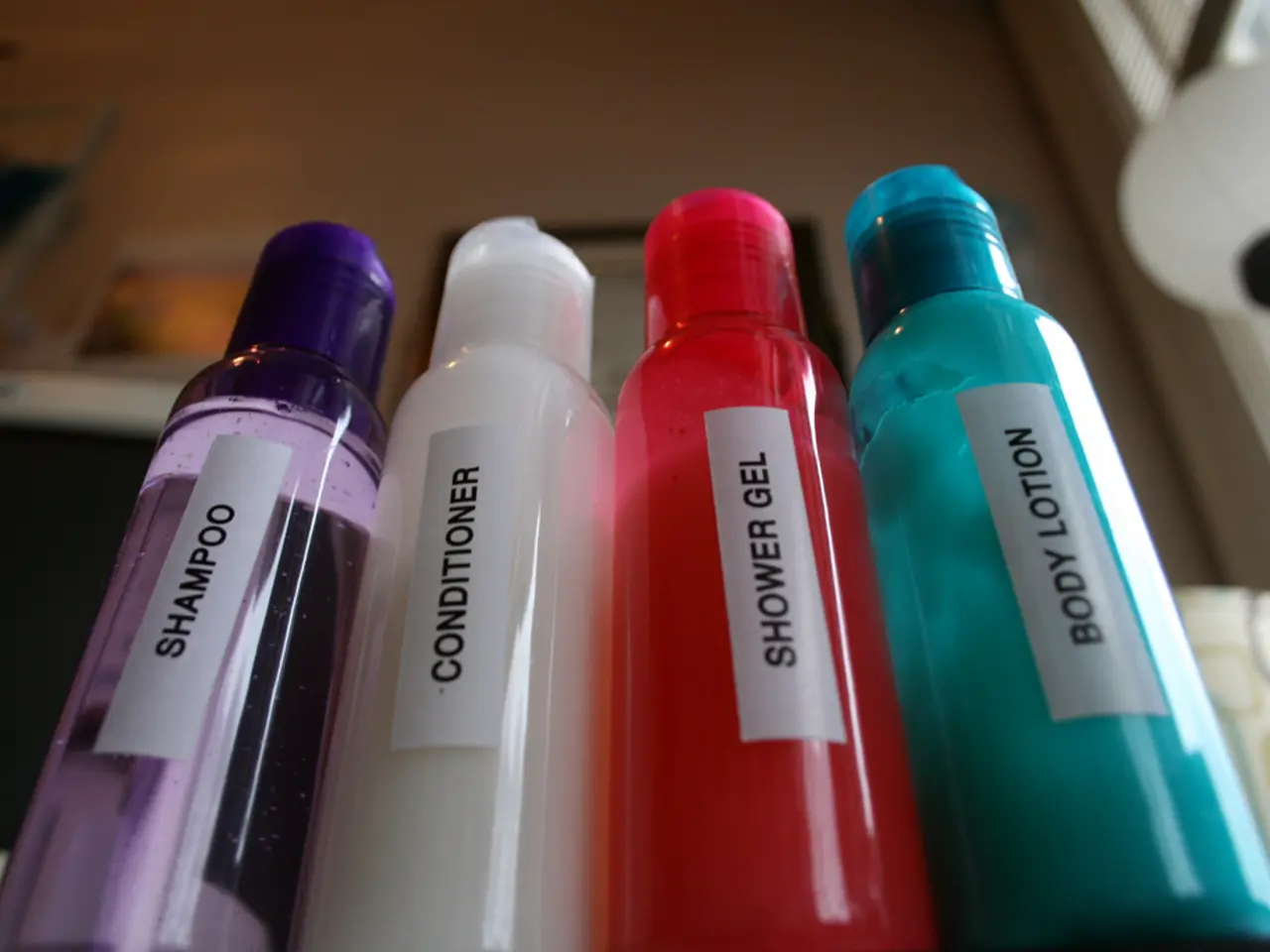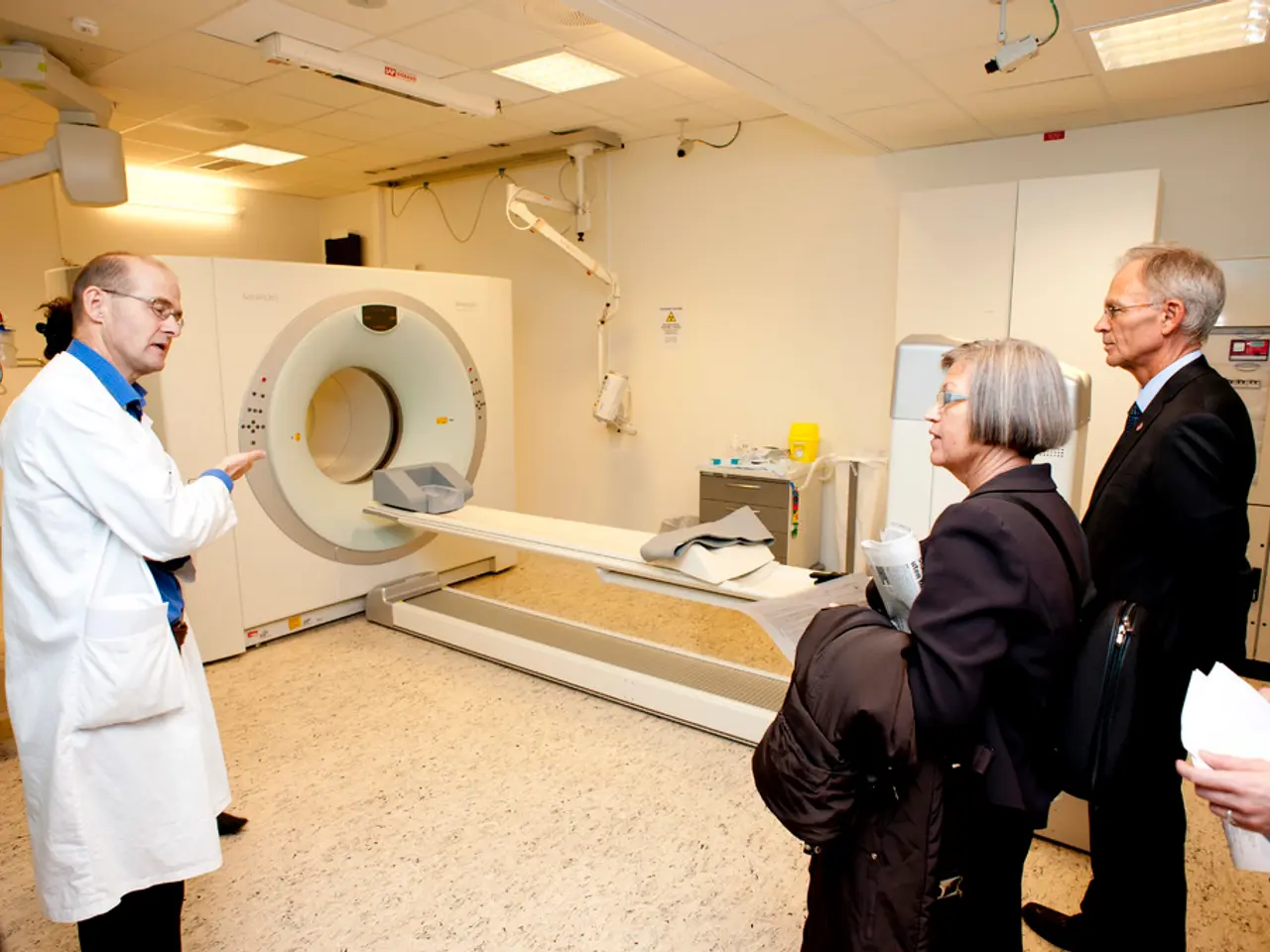Child's Fever with Rash: Images, Causes, and Remedies
In the world of childhood illnesses, fever and rash can be a cause for concern for parents and caregivers. Here's a guide to help you understand the common causes, symptoms, and when to seek medical attention.
Common Causes of Fever and Rash in Children
Fever and rash in children are often the result of viral infections. Some of the most common culprits include hand-foot-and-mouth disease (caused by coxsackieviruses and other enteroviruses), roseola infantum (caused by human herpesviruses HHV-6/HHV-7), measles, rubella, and chickenpox.
Hand-foot-and-mouth disease often presents with fever, blister-like sores in the mouth, and a rash with blisters on hands, feet, and sometimes buttocks or genital areas. Roseola typically causes a high fever for 3 to 5 days followed by a pink or light-red rash starting on the torso and spreading outward. Measles and rubella feature fever with a spreading rash, but with distinguishing patterns and additional symptoms. Chickenpox presents with fever and a vesicular ("dew drop on a rose petal") rash starting on the face and trunk.
Symptoms to Watch For
When your child has a fever and rash, it's important to watch for certain signs. These include fever (which can be mild or high, sometimes over 102°F), rash appearance and distribution (spots, blisters, peeling), mouth sores or ulcers causing pain and difficulty swallowing, malaise, poor appetite, irritability, specific signs like drooling or refusal to eat in hand-foot-and-mouth disease, signs of dehydration (dry lips, no tears, fewer wet diapers), and any signs that rash lesions are becoming infected (redness, warmth, pus).
When to Seek Medical Attention
While not all fever and rash cases are emergencies, it's crucial to know when to seek immediate medical care. Immediate medical attention should be sought if your child with fever and rash exhibits any of the following alarming signs: high fever (over 102°F) lasting more than a few days or worsening symptoms, signs of dehydration, unusual sleepiness, persistent irritability, or if symptoms suddenly worsen, rash lesions that become red, warm, or filled with pus indicating possible infection, difficulty breathing, persistent vomiting, stiff neck, severe headache, or any neurological symptoms, purple or bruised rash that does not blanch with pressure (possible sign of meningitis), and if the child is very young (under 3 months) and develops fever with rash.
Other Conditions and Treatments
Other conditions that may cause a fever then a rash in children include fifth disease and roseola, while chickenpox can cause a fever before a rash. A rash can warn of a drug reaction, and if a fever occurs alongside a drug rash, it often has a separate cause, such as an underlying infection.
Some viral rashes can become infected, especially if a child scratches it a lot. If this happens, a child might need antibiotics. Antibiotics are almost always necessary to treat cellulitis, a serious bacterial skin infection. Scarlet fever, a group A Streptococcus infection, can also be treated with antibiotics.
It's essential to remember that most rashes that occur with a fever happen because of viral illnesses, and antibiotics and other drugs cannot treat viruses. However, a doctor can recommend appropriate treatment, which may include antibiotics, rest, and staying hydrated.
Unusual Cases
Some conditions, such as meningococcemia, Stevens-Johnson syndrome, and severe skin reaction, require special attention. Meningococcemia is a dangerous blood infection caused by bacteria called Neisseria meningitidis, also known as meningococcus. Stevens-Johnson syndrome is a severe skin reaction that can damage the skin and organs, and most children who get it must stay in the hospital.
Prevention and Advice
Parents and caregivers should call a doctor any time a child gets a rash with a fever. It's also important to speak with a doctor before stopping any prescribed medication early. Always remember that prompt treatment can make a significant difference in the outcome of an illness.
In conclusion, fever and rash in children can be caused by various factors, but with careful observation and timely medical intervention, most cases can be managed effectively. If you have any concerns about your child's health, always consult a healthcare professional.
- Hand-foot-and-mouth disease, roseola infantum, measles, rubella, and chickenpox are common causes of fever and rash in children.
- Hand-foot-and-mouth disease can be recognized by blister-like sores in the mouth and a rash with blisters on hands, feet, and sometimes other areas.
- Roseola typically causes a high fever for 3 to 5 days followed by a pink or light-red rash starting on the torso and spreading outward.
- Measles and rubella feature fever with a spreading rash, but with distinct patterns and additional symptoms.
- Chickenpox presents with fever and a vesicular ("dew drop on a rose petal") rash starting on the face and trunk.
- When children have a fever and rash, it's important to watch for symptoms like dehydration, mouth sores, malaise, diffuse rash distribution, and rash lesions that may become infected.
- Immediate medical attention should be sought if the child's fever lasts more than a few days, exhibits signs of dehydration, or has alarming symptoms like difficulty breathing, unusual sleepiness, persistent irritability, or signs of meningitis.
- Other conditions that may cause a fever then a rash in children include fifth disease, roseola, drug reactions, and certain severe skin reactions.
- In the event of an infected rash, a child might need antibiotics, and cellulitis or scarlet fever may require antibiotic treatment. Always consult a healthcare professional for accurate diagnosis and treatment recommendations.




